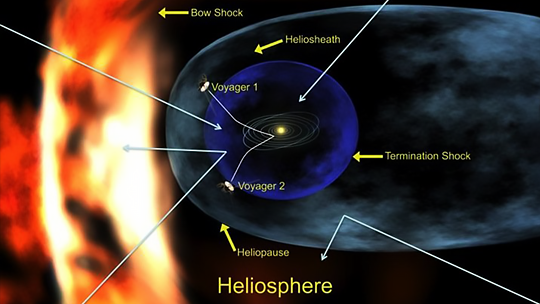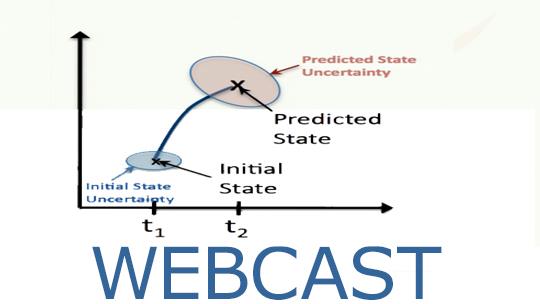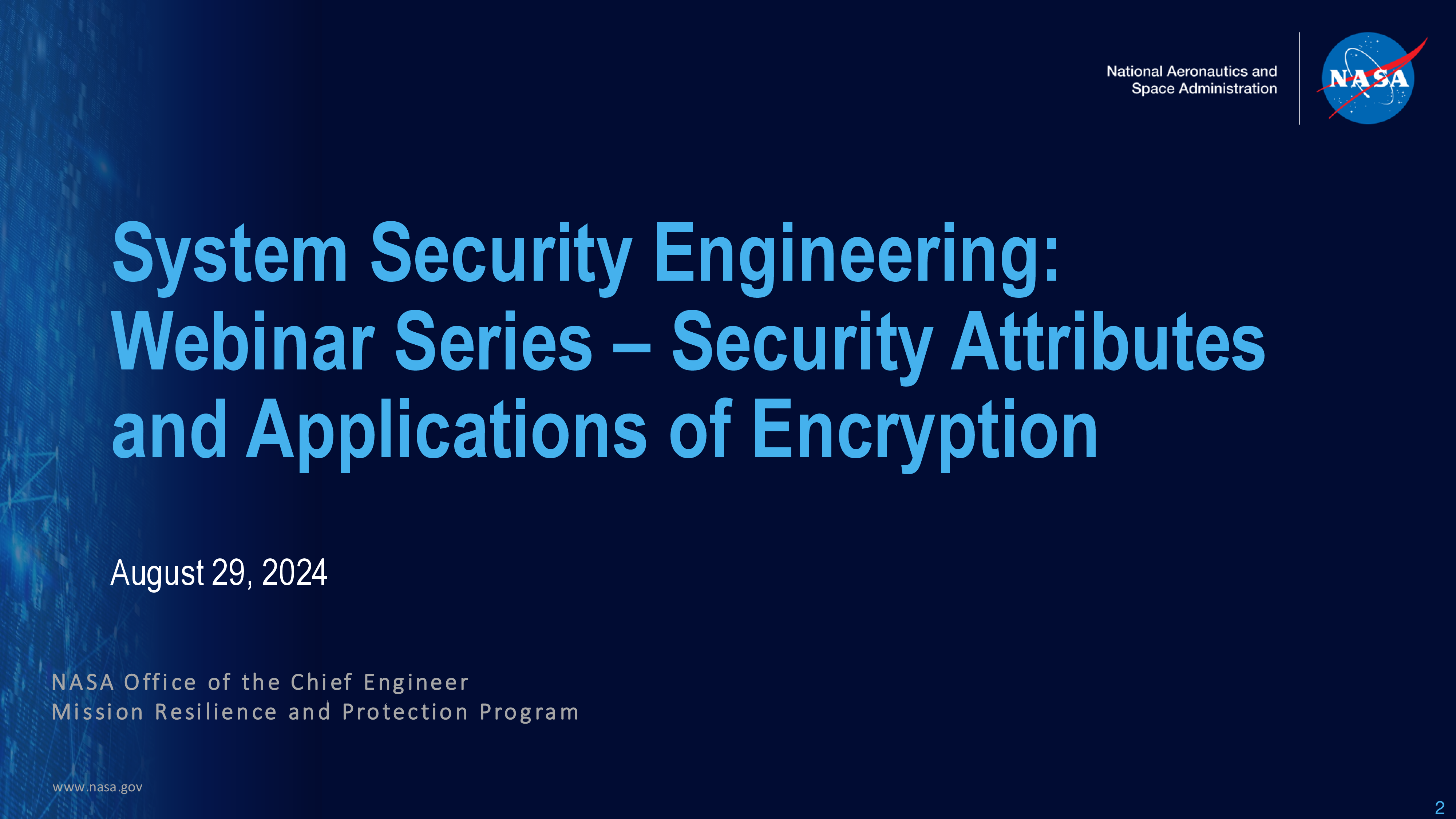NASA in the Quantum Age: Quantum Sensors for Space Science
Abstract:
In support of the National Quantum Initiative and advancing exploration, science, and technology in aeronautics and space, NASA has made increasing investments in quantum sensors over the past 20 years. As an illustration, three use cases for quantum sensors to get at “NASA-scale” measurement problems will be presented: Cold atom gravity gradiometry for Earth Science: the interference of laser cooled atoms can be harnessed to achieve order of magnitude improvements over classical gravity recovery measurements. Space optical atomic clocks: The frequency stability and time hold over achievable in optical atomic clocks can enable precision navigation and timing networks on the moon, enable autonomous precision landing on planetary bodies, and deep space navigation. Quantum magnetometers: Detection of magnetic fields by atoms or atom-like systems in the solid state can potentially enable a host of science and technology goals across NASA mission areas.
About the Speaker:
Dr. Peter Brereton is a physicist in the Instrument Systems and Technology Division at Goddard Space Flight Center. He is the lead physicist for the Goddard quantum sensing initiative and the Goddard Quantum Engineering and Sensing Technology (QuEST) laboratory. Dr. Brereton has more than 15 years of experience in research into quantum sensors as an experimental physicist with positions at the Navy Research Laboratory and on the faculty of the United States Naval Academy.


